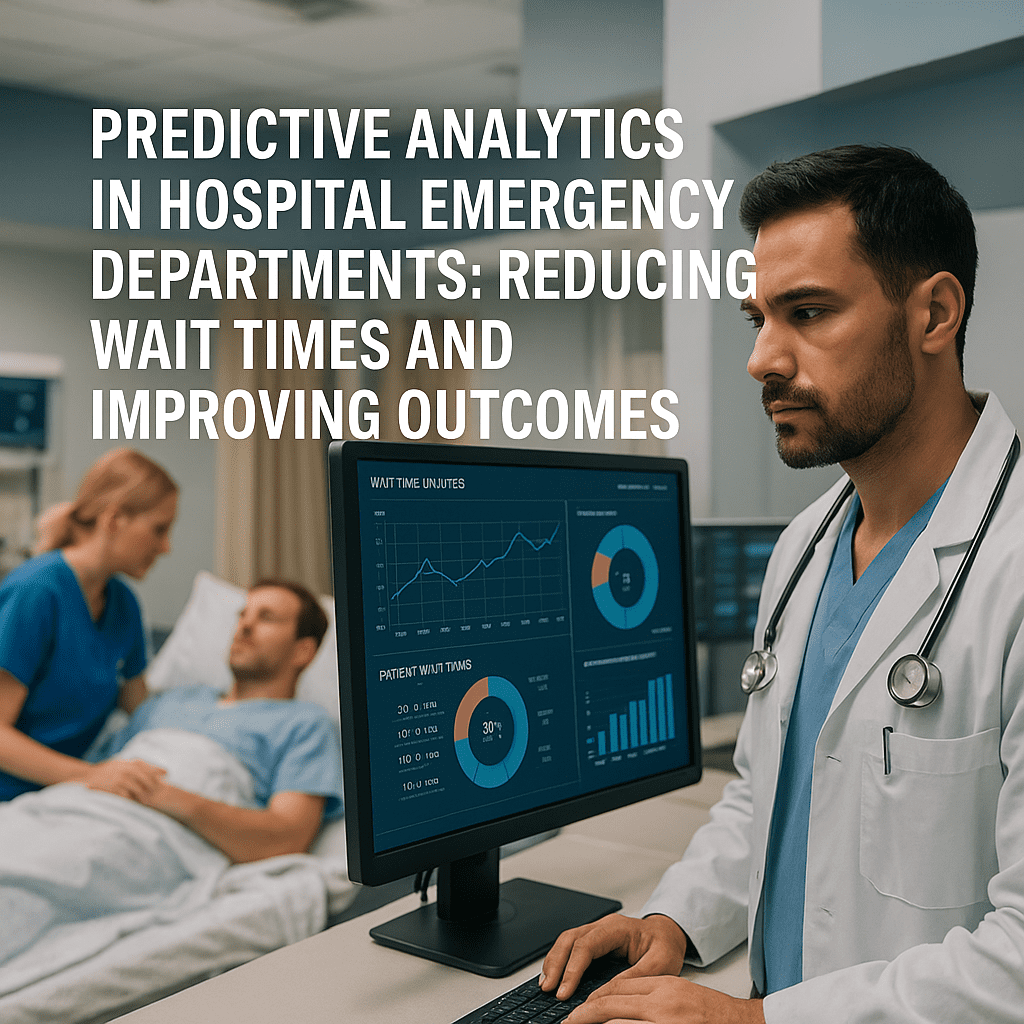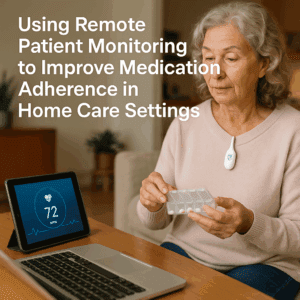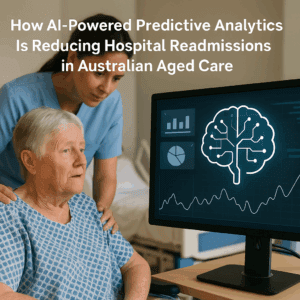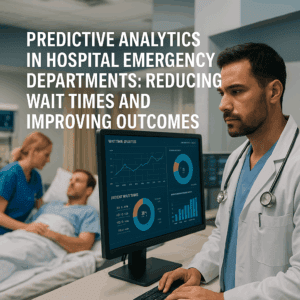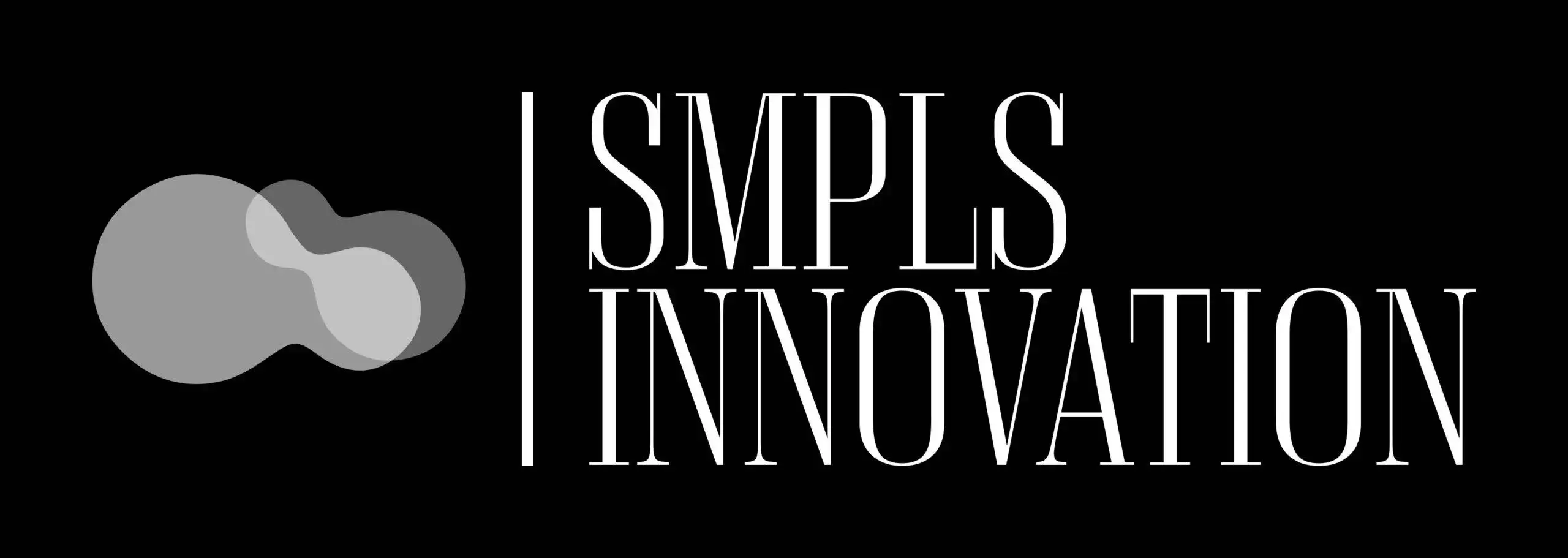Predictive Analytics in Hospital Emergency Departments: Reducing Wait Times and Improving Outcomes
By SMPLSINNOVATION Health Technology Consulting — published February 2024
1. Introduction
Imagine sitting in a hospital emergency room, waiting for your name to be called while the clock ticks loudly. You are not alone. Around the world, emergency departments are crowded, and the problem has become worse since the pandemic. The CDC reported in 2023 that the average wait time in U.S. emergency departments has increased by about 20 percent since 2019.
Here is the good news: predictive analytics is helping hospitals manage this better. By using data to predict patient numbers and needs, hospitals can plan ahead, use their resources wisely, and help patients faster.
At SMPLSINNOVATION, we have seen how these predictive models can make emergency departments run more smoothly and improve care for everyone. Let’s look at how this technology is making a big difference.
2. Understanding Predictive Analytics in Emergency Medicine
Predictive analytics might sound complicated, but the idea is simple. It uses data and math to guess what is likely to happen in the future.
Descriptive analytics explains what already happened.
Predictive analytics estimates what might happen next.
Prescriptive analytics suggests what to do about it.
In emergency care, predictive analytics uses information from patient records, lab results, and even weather reports to plan for what might be coming. Some common tools include machine learning models like random forests, deep learning networks, time series models, and natural language processing. These tools work together like a super-fast digital team helping doctors and nurses prepare for incoming patients.
3. Why Emergency Departments Benefit Most
Emergency departments are the fastest-moving parts of hospitals. They handle many patients at all hours of the day and night. That makes them perfect places to use predictive analytics.
Three main reasons make this technology so useful in the ED:
1. There is lots of data. Every minute brings new information like vital signs, test results, and patient details.
2. The demand never stops. Emergency rooms work 24/7 and often deal with sudden surges of patients.
3. They depend on many other departments, like labs and radiology, which require constant coordination.
In short, emergency departments are full of data but short on time, making them ideal for predictive solutions.
4. Ten Leading Uses of Predictive Analytics in Hospital Emergency Departments
Today, hospitals are already using predictive analytics in many ways, including:
1. Real-time triage scoring to assess how sick a patient is.
2. Predicting how many patients will arrive based on weather or local events.
3. Estimating bed availability to avoid delays in admissions.
4. Detecting sepsis early by noticing small changes in lab results and vital signs.
5. Predicting heart problems before they become emergencies.
6. Identifying patients likely to return soon after discharge.
7. Managing imaging departments by forecasting which scans will be needed most.
8. Spotting possible lab delays before they happen.
9. Planning staff schedules based on expected patient loads.
10. Giving data-based advice about directing ambulances to the right hospitals.
These uses help hospitals move from reacting to problems to preventing them, improving both staff and patient experiences.
5. Recent Studies from 2023–2024
Recent research shows how effective predictive analytics can be.
A JAMA Health Forum study in early 2024 found that predictive triage tools reduced wait times by 18 percent.
A Nature Digital Medicine study in late 2023 showed that forecasting systems cut down on wasted resources by 14 percent.
A Health Affairs report from 2024 found that hospitals using predictive analytics improved patient outcomes, especially for serious cases.
Modern Healthcare’s 2023 review found that hospitals using this technology saw an 11 percent drop in staff burnout.
The results are clear — predictive analytics works.
6. Key Benefits for Patients and Providers
Predictive analytics helps everyone. For patients, it means faster care and better outcomes. For staff, it means less stress and more efficiency.
Main benefits include:
1. Shorter wait times.
2. Early detection of serious conditions.
3. Better workload balance for hospital staff.
4. Less burnout among healthcare workers.
5. Smarter use of equipment and beds.
6. Happier patients who feel cared for quickly.
7. Better coordination between departments.
8. Lower costs from fewer wasted tests and resources.
9. Clear, data-based tracking for hospital leaders.
10. Easy scaling to other parts of the hospital once proven successful.
With predictive analytics, hospitals can see problems before they happen and make quicker, safer decisions.
7. Ethical, Legal, and Data Safety Matters
As powerful as predictive analytics is, hospitals must use it carefully and responsibly.
Here are three major concerns:
1. Bias in data: If old data is unfair or incomplete, predictions might also be biased.
2. Transparency: Doctors need to know why a system made a certain prediction so they can trust it.
3. Data privacy: Hospitals must protect sensitive patient information at all times.
To address these concerns, hospitals are setting up ethics committees, using explainable AI tools that show how decisions are made, and applying privacy-protecting methods like federated learning. It’s not just about making smart tools — it’s about making fair and safe ones.
8. How Hospitals Can Get Started
Hospitals that want to begin using predictive analytics can follow these ten steps:
1. Choose one clear problem to solve, like reducing discharge delays.
2. Get leadership support and approval.
3. Create teams that include both medical and technical experts.
4. Make sure data is clean and reliable.
5. Start small with one pilot project.
6. Pick the right technology that fits the hospital’s systems.
7. Train staff and explain how the changes will help.
8. Test often to confirm the model works.
9. Keep reviewing it for ethics and accuracy.
10. Once it succeeds, expand to other hospital areas.
This process takes time and teamwork, but the rewards are worth it — smoother operations and better patient care.
9. The Future of Predictive Emergency Departments
In the near future, emergency departments may be able to predict who will arrive and what care they will need before they even step through the door. With the help of data and smart technology, hospitals can create faster, safer, and more supportive experiences for patients and staff alike. Predictive analytics is not just about saving time — it’s about saving lives.

